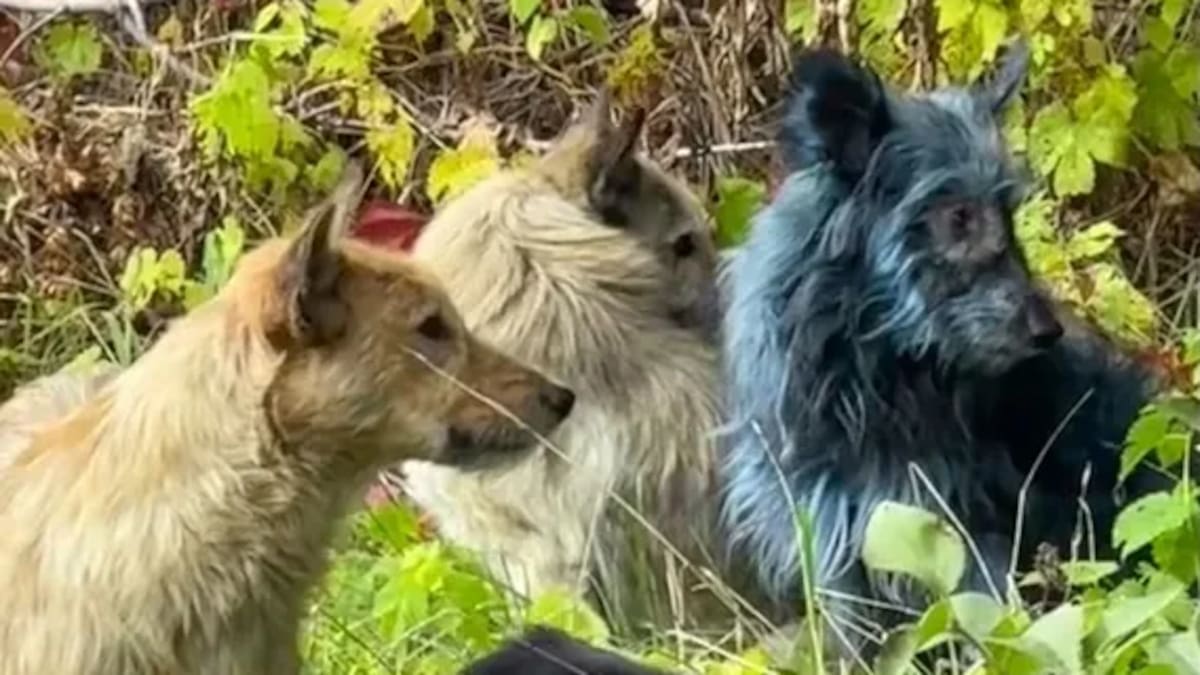On April 26, 1986, a reactor at the Chernobyl power plant near Pripyat exploded, releasing radioactive material into the area as residents evacuated.
The wild dogs are descended from pets abandoned during the nuclear disaster, the Daily Mail reports.
They have been living and breeding in the CEZ for generations, where they are constantly exposed to six times the radiation humans can withstand.
A 2023 study of the animals’ genetic makeup found there are genetic differences between dogs in the CEZ and dogs in wider Ukraine.
Norman J. Kleiman is an environmental health scientist at Columbia University and co-author of the academic project, which genetically analysed 116 dogs in the region.
His research found the feral animals had genetically developed over generations to withstand the toxicity of their environment.
“Somehow, two small populations of dogs managed to survive in that highly toxic environment,” he said.
The research identified 52 genes that “could be associated with exposure to the contamination of the environment at the Nuclear Power Plant”.
Kleiman has suggested the research might provide insight into the health impacts of chronic radiation exposure, developing understandings of how to best “mitigate health risks”.

